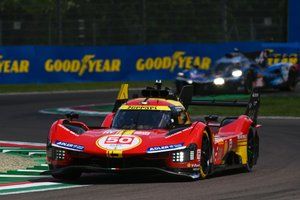
The changing face of helmet tech at the Indy 500
The development of helmet technology is intertwined with the Indianapolis 500 and the Andretti family - its a long history that covers much of the family's association with the famous American race

Performance
Our experts' guide on how you can become a better racing driver
When it comes to the Indianapolis Motor Speedway, Mario Andretti has seen and done it all. The 1969 Indy 500 winner's long career - only AJ Foyt has made more appearances - spanned one of the most dangerous eras in the history of motorsport, traversing front-wheel-drive roadsters, normally aspirated rear-wheel drive, and turbocharged ground-effect cars with ever-more complex aerodynamics that contributed to speeds rising at an almost unabated pace.
At Andretti's first appearance at the Indy 500 in 1965, the qualifying speed of Foyt's polesitting Lotus 34 was 161.2mph. By the time of his 29th and final outing in '94, having taken pole in '66, '67 and '87, the benchmark pace had risen to 228mph and was still climbing, with Arie Luyendyk setting a new course record at 237.0mph in '96.
Share Or Save This Story
Subscribe and access Autosport.com with your ad-blocker.
From Formula 1 to MotoGP we report straight from the paddock because we love our sport, just like you. In order to keep delivering our expert journalism, our website uses advertising. Still, we want to give you the opportunity to enjoy an ad-free and tracker-free website and to continue using your adblocker.


















